November Nature Happenings
Trumpeter Swans are the largest flying bird in North America at 25 pounds. Did you know that Trumpeter Swans were hunted to extinction in Michigan over 100 years ago? Their feathers were sought for hat decorations and powder puffs. Due to amazing reintroduction efforts on the part of the W. K. Kellogg Bird Sanctuary, the Michigan Department of Natural Resources and other partners, there are now an estimated 3,000 pairs breeding in Michigan. Some migrate out of the State but others gather in the winter months where there is open water and vegetation, their food source. The Au Sable river is a breeding and wintering grounds for them. They can also be seen at Kensington Metro Park and in many areas of Ann Arbor including Gallup Park, Furstenberg Park, and the South Pond Nature Area.
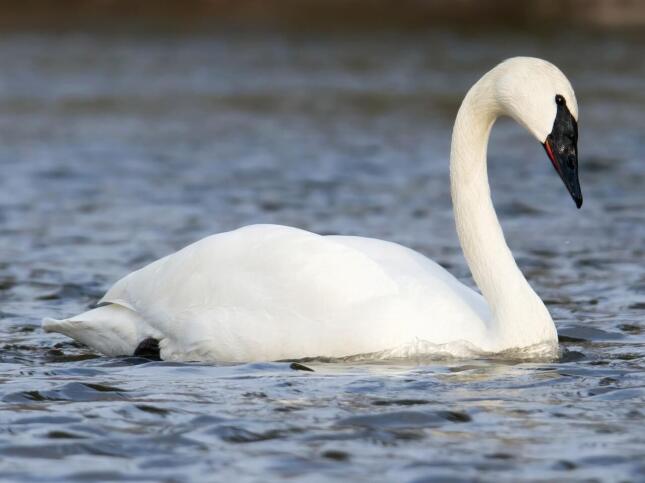
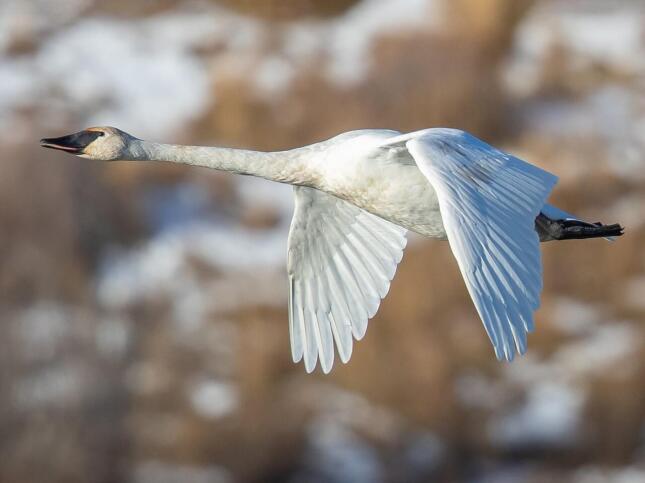
Beavers are very active in the evenings while caching a winter supply of food. Did you know the North American Beaver can weight up to 70 pounds ? The work of beavers can be seen on Belle Isle, at the Ford House and at Matthei Botanical Gardens. Here is an interesting video of what is currently going on at Matthei
This year is predicted to be a good winter for Pine Siskins in our area. This is a winter finch for us, though we don't consistently see them each winter. They're appearance is usually indicative of a food shortage in their normal more northerly range. One of the best features to help you identify a Pine Siskin is the extremely pointed bill, similar to how the lead on a pencil looks right after sharpening. Pine Siskins are also very streaky throughout the breast and lack the dark wings of the winter plumage of the American Goldfinch. Pine Siskins can be attracted to your yard by offering Finch blend or Sunflower Chips in your feeders.
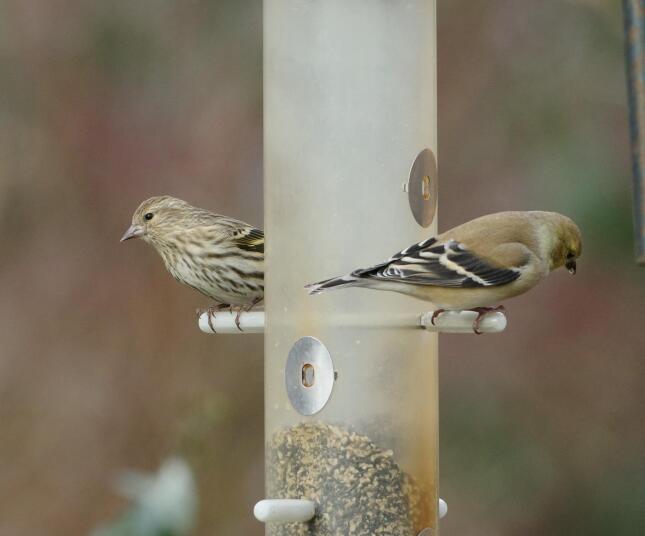
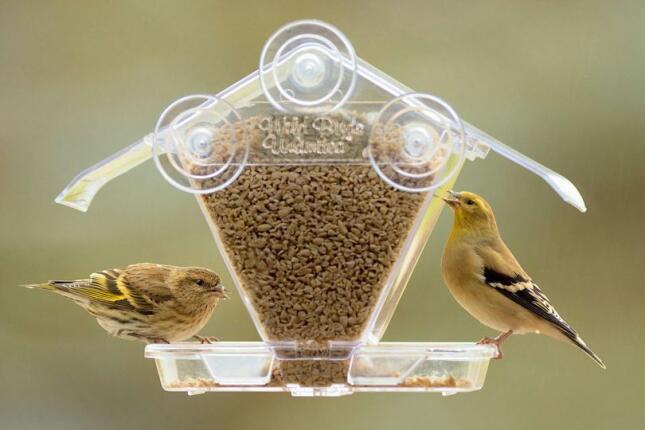
Waterfowl migration peaks this month. Scan the lakes for coots, grebes, teal, mergansers, and other waterfowl species. Lake St. Clair is a prime area for viewing as is Lake St. Clair Metro Park. Open water is important if there's an early freeze. Put out heated bird baths for a winter water source.
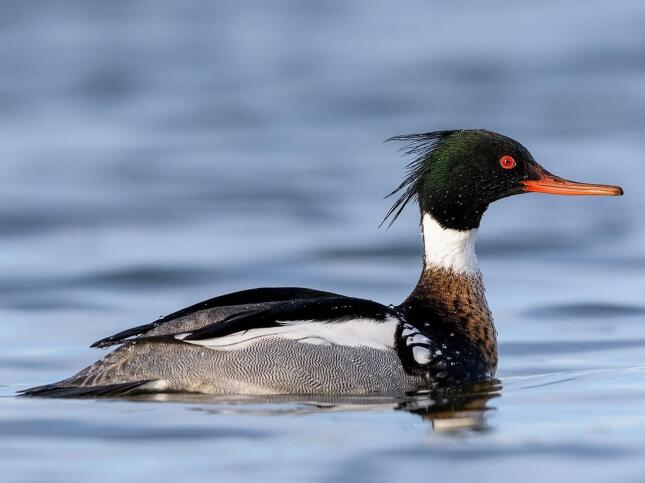
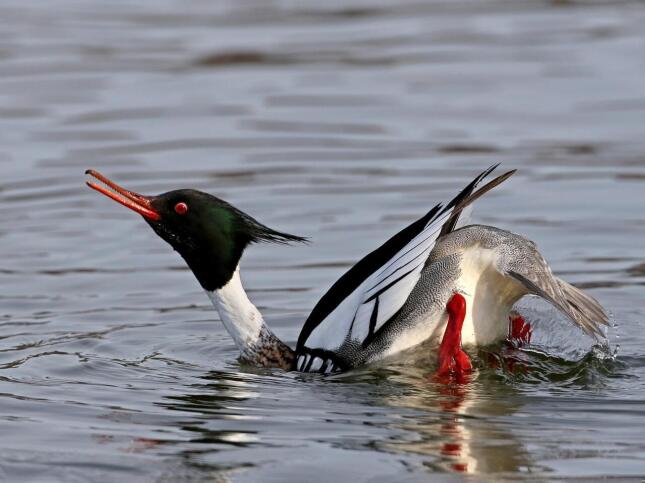
Project Feeder Watch starts and extends until April, www.birds.cornell.edu/pfw
Golden Eagles are more commonly seen in their southerly migration during the month of November at the Detroit River Hawk Watch. This is a great site to observe eagles, hawks, and other migrating birds of prey. Located at Lake Erie Metro Park, the count takes place at the Boat Launch of (LEMP). For more information click here.
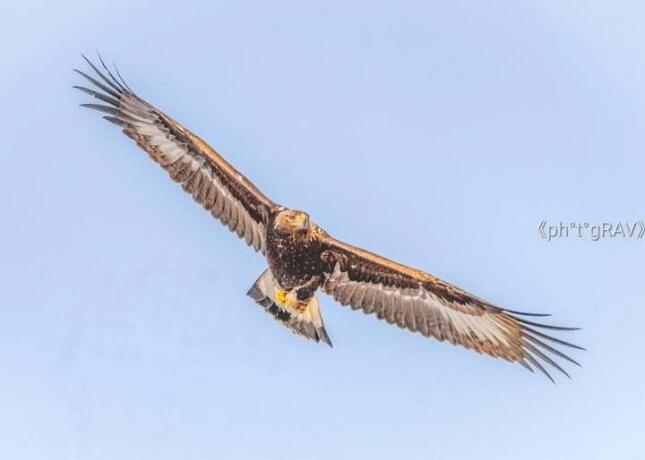
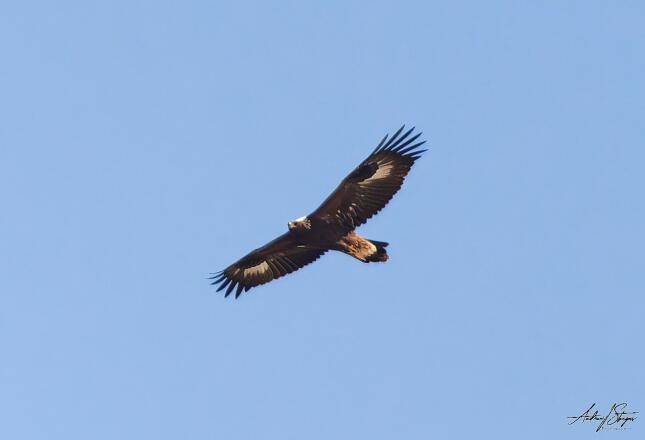
Numbers swell for wintering owls such as Northern Saw-whet, Long-eared and Short-eared Owls. If you would like a chance to see one of these species, Short-eared Owls are active at dawn and dusk over fields as they search for rodents to eat. They can best be seen over the fields at the intersection of Vreeland and Gottfredson Roads and can be seen in parts of Macomb County, Furstenau Road being notable.
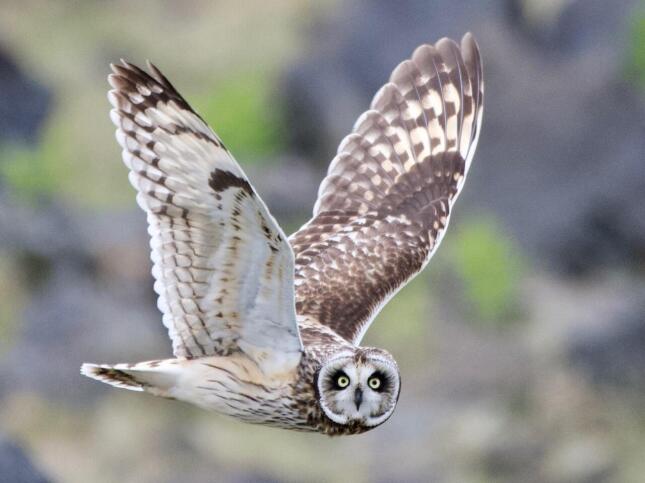
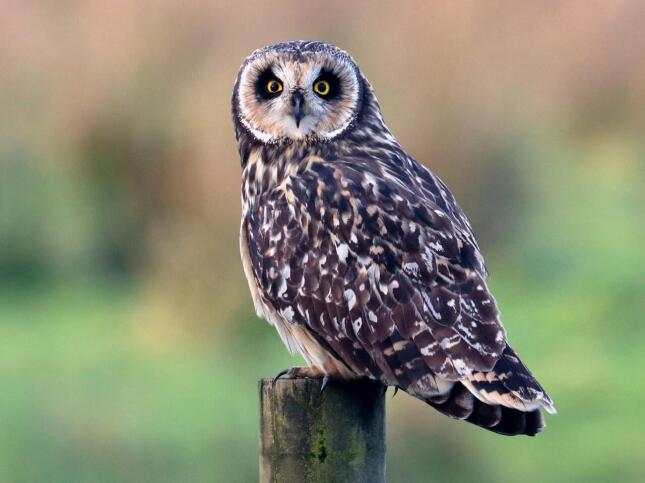
Peak number of Sandhill Cranes at Michigan sanctuaries, Haenhle Sanctuary and Bernard W.Baker Sanctuary, by the end of the month. It’s always a thrill seeing them come in to roost in the evening.


